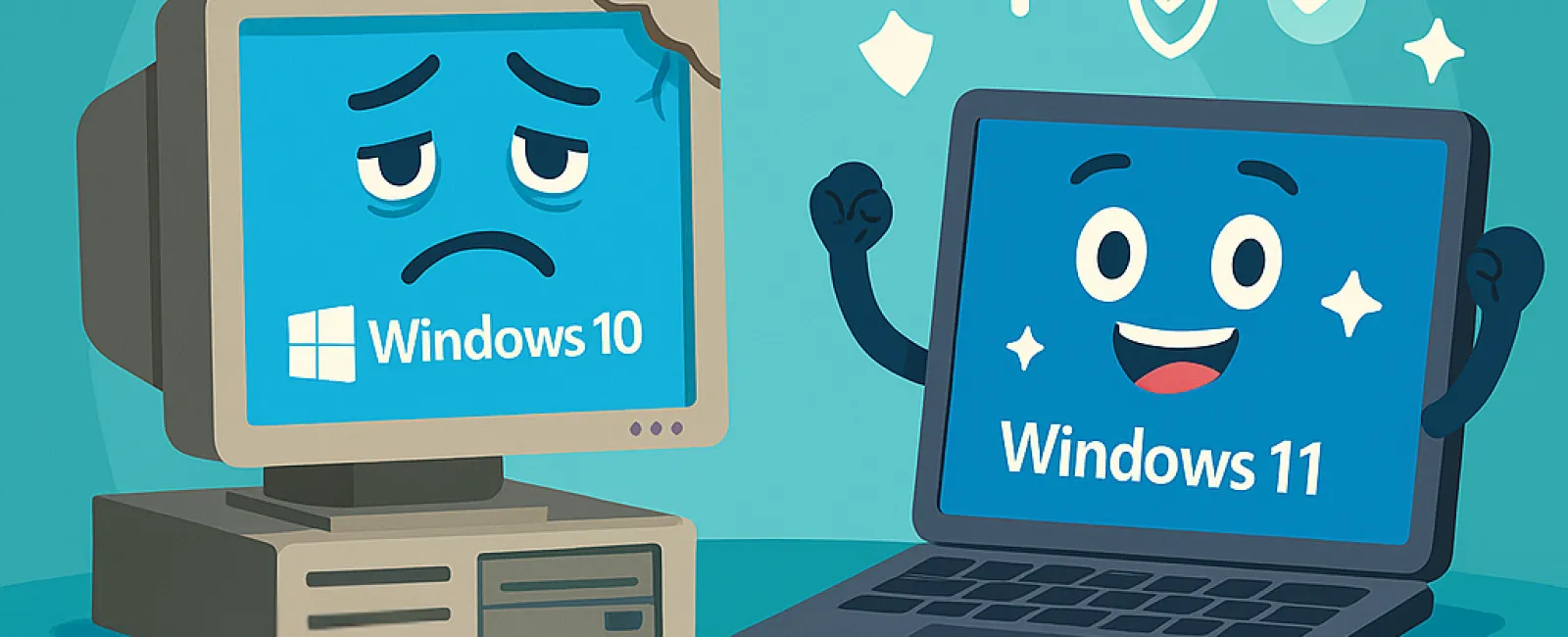September 22, 2025
Holding onto outdated technology might seem like a smart way to save money on your IT expenses. However, the hidden costs of maintaining old hardware and software far outweigh the expense of upgrading. Using obsolete systems can drain your business's productivity, inflate your budget, and expose you to serious security risks.
Understanding the True Expense
Outdated technology impacts your business in several costly ways. Older systems operate slower, which drags down your team's efficiency and productivity. They are also prone to unexpected failures, leading to downtime that disrupts your operations and delivery schedules.
Security is another critical concern. Legacy software and hardware no longer receive patches for known vulnerabilities, making them prime targets for cyberattacks. Hackers exploit these weaknesses to gain access to sensitive company data. Upgrading to the latest technology is essential to safeguard your business and ensure compliance with industry regulations.
When Is It Time to Upgrade Your Technology?
Look out for these key indicators that signal your tech needs replacing:
1. You're still using Windows 10 or an older operating system.
Microsoft will end support for Windows 10 in October 2025, which means no more security updates or vulnerability patches. Continuing to run your business on Windows 10 beyond this date exposes you to major cybersecurity threats and compliance issues. Begin planning your transition to Windows 11 now to protect your company.
2. Repeated IT support calls for the same technical issues.
Constant system crashes, freezes, and slowdowns are not just frustrating—they're clear signs your technology is failing. These disruptions not only waste time but also reduce overall productivity and morale.
3. Your current software doesn't work with modern tools.
If your legacy software can't integrate with mobile apps or cloud services, it limits your ability to adopt new technologies, serve customers efficiently, and grow your business.
4. Your devices slow down your team's workflow.
Computers that take too long to start, freeze during meetings, or crash frequently disrupt your entire workflow. Since time is money, outdated devices—especially those older than three to five years—should be evaluated for performance and energy efficiency to avoid harming productivity and increasing energy costs.
5. Your security tools are outdated.
Using firewalls or antivirus software that hasn't been updated in years puts your data at significant risk. Cyber threats evolve rapidly, so your security measures must keep pace. Outdated defenses are often the weakest link and the first point of entry for ransomware and other attacks.
Worried that upgrading will be too expensive? While it may seem costly upfront, clinging to slow, obsolete systems often results in higher expenses from lost productivity, security breaches, and constant patchwork fixes. Fortunately, there are cost-effective, strategic upgrade options designed to keep your business running efficiently without breaking the bank.
Partner with Experts for a Smooth Transition
If you want expert guidance to seamlessly upgrade your technology and stay ahead of obsolescence, our team is here to help. Schedule a FREE Discovery Call with us to discuss tailored next steps that will keep your business secure, efficient, and budget-friendly. To book your consultation, call us at 832-536-9012 or click here.




